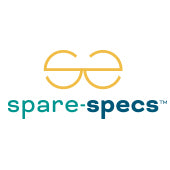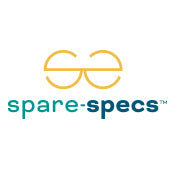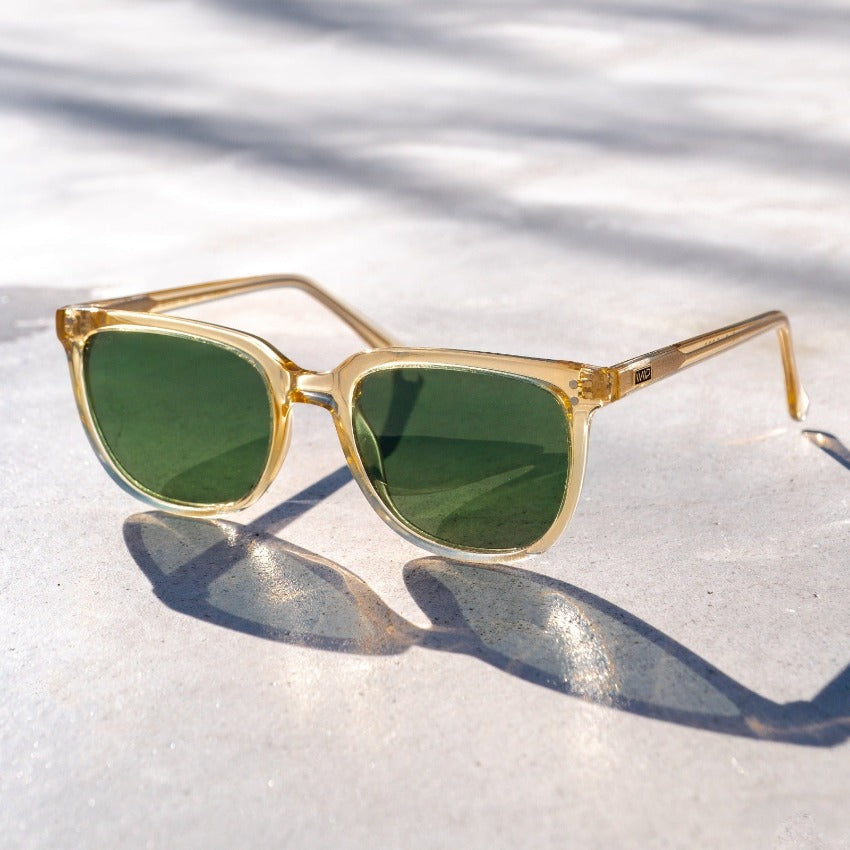Anti-Reflective Coating for Eyeglasses - Is it Worth the Money?
By Gary Heiting, OD •
Anti-reflective coating (also called "AR coating" or "anti-glare coating") improves vision, reduces eye strain and makes your eyeglasses look more attractive.
These benefits are due to the ability of AR coating to virtually eliminate reflections from the front and back surfaces of your eyeglass lenses.
With reflections gone, more light passes through your lenses to optimize visual acuity with fewer distractions (especially at night), and the lenses look nearly invisible — which enhances your appearance by drawing more attention to your eyes and helping you make better "eye contact" with others.
AR coating is especially beneficial when used on high-index lenses, which reflect more light than regular plastic lenses. Generally, the higher the index of refraction of the lens material, the more light that will be reflected from the surface of the lenses.
For example, regular plastic lenses reflect roughly 8 percent of light hitting the lenses, so only 92 percent of available light enters the eye for vision.
High index plastic lenses can reflect up to 50 percent more light than regular plastic lenses (approximately 12 percent of available light), so even less light is available to the eye for vision. This can be particularly troublesome in low-light conditions, such as when driving at night.
Today's modern anti-reflective coatings can virtually eliminate the reflection of light from eyeglass lenses, allowing 99.5 percent of available light to pass through the lenses and enter the eye for good vision.
By eliminating reflections, AR coating also makes your eyeglass lenses look nearly invisible so people can see your eyes and facial expressions more clearly. Anti-reflective glasses also are more attractive, so you can look your best in all lighting conditions.
The visual benefits of lenses with anti-reflective coating include sharper vision with less glare when driving at night and greater comfort during prolonged computer use (compared with wearing eyeglass lenses without AR coating).
When applied to photochromic lenses, AR coating enhances the clarity and comfort of these premium lenses in all light conditions without reducing their sun-reactive performance.
Anti-reflective coating also is a good idea for sunglasses, because it eliminates glare from sunlight reflecting into your eyes from the back surface of tinted lenses when the sun is behind you. (Generally, AR coating is applied only to the back surface of sunglass lenses because there are no cosmetic or visual benefits to eliminating reflections from the front surface of dark-tinted lenses.)
Most premium AR lenses include a surface treatment that seals the anti-reflective layers and makes the lenses easier to clean. "Hydrophobic" surface treatments repel water, preventing the formation of water spots.
Some anti-reflective lenses have surface treatments that are both hydrophobic and "oleophobic" (also called lipophobic), which means they repel both water and oil. These combination treatments typically contain fluorinated materials that give the lenses properties that are very similar to those of nonstick cookware.

How anti-reflective coating is applied
Applying anti-reflective coating to eyeglass lenses is a highly technical process involving vacuum deposition technology.
The first step in the AR coating process is to meticulously clean the lenses and inspect them for visible and microscopic surface defects. Even a tiny smudge, piece of lint or hairline scratch on a lens during the coating process can cause a defective AR coating.
Typically, a production line includes multiple washing and rinsing baths, including ultrasonic cleaning to remove any traces of surface contaminants. This is followed by air drying and heating of the lenses in special ovens to further remove unwanted moisture and gases from the lens surface.
The lenses are then loaded into special metal racks with spring-loaded openings so the lenses are held securely but with virtually all lens surfaces exposed for the coating application. The racks are then loaded into the coating chamber. The door of the chamber is sealed, and the air is pumped out of the chamber to create a vacuum.
While the lens racks are rotating in the coating chamber, a power source within the machine focuses a beam of electrons onto a small crucible that contains a series of metal oxides in separate compartments.
When the coating materials are bombarded by electrons, they vaporize within the coating chamber and adhere to the surfaces of the lenses — creating a uniform, microscopically thin optical layer on the lens.
Anti-reflective coatings are incredibly thin. The entire multilayer AR coating stack generally is only about 0.2 to 0.3 microns thick, or about 0.02 percent (two one-hundredths of 1 percent) of the thickness of a standard eyeglass lens.
Caring for glasses with anti-reflective lenses
When cleaning AR-coated lenses, use only products that your optician recommends. Lens cleaners with harsh chemicals may damage the anti-reflective coating.
Also, don't attempt to clean AR-coated lenses without wetting them first. Using a dry cloth on a dry lens can cause lens scratches. And because anti-reflective coating eliminates light reflections that can mask lens surface defects, fine scratches often are more visible on AR-coated lenses than on uncoated lenses.







